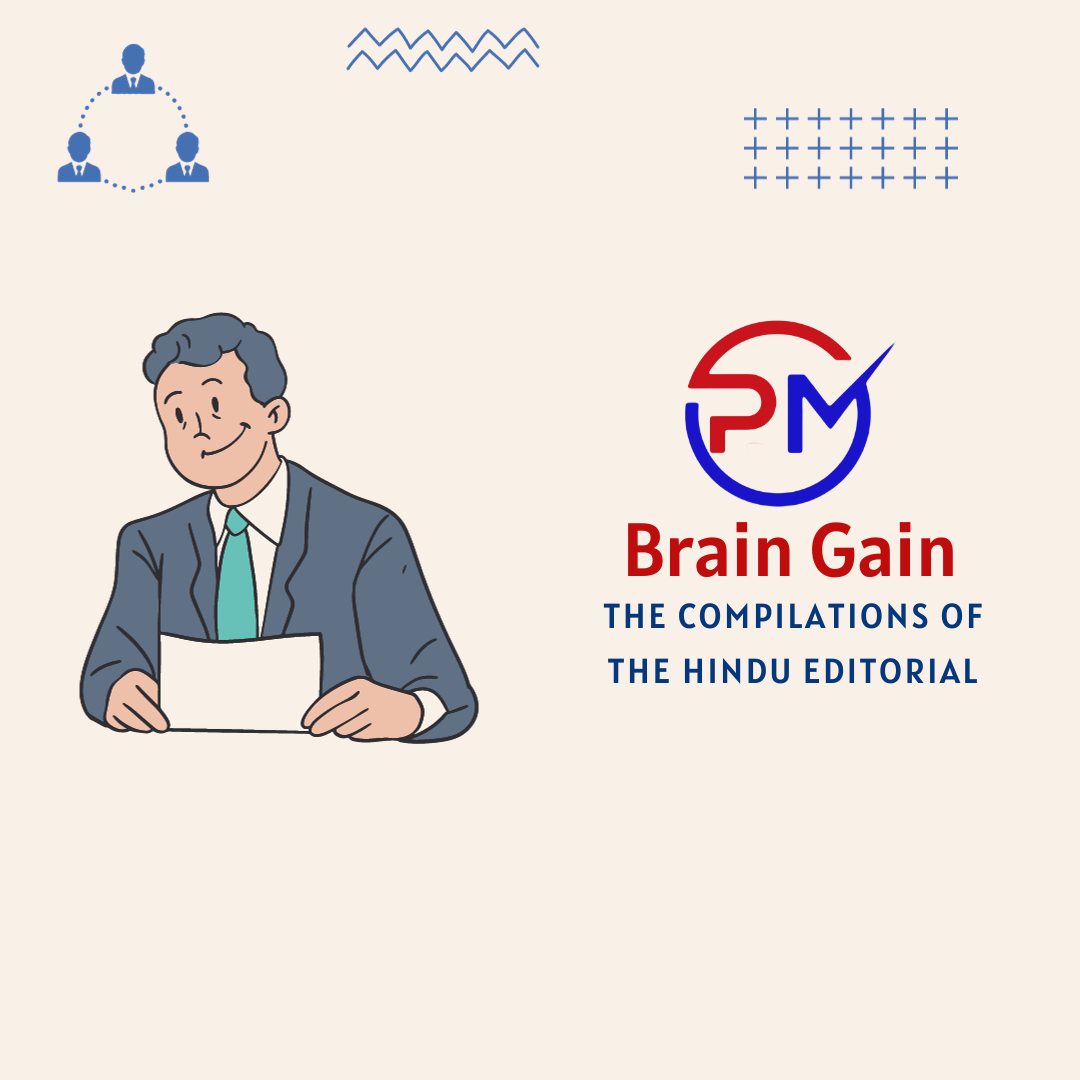Editorial 1 : Fleet electrification to tackle urban pollution
Introduction:
- The air quality index (AQI) in many Indian cities has entered the red zone several days this year. Millions of people have to face serious health hazards due to recurring increases in air pollution. It is clear that mitigation strategies have to be prioritised.
Air quality index (AQI)
- AQI by Central Pollution Control Board (CPCB), under the Union Ministry of Environment, Forests and Climate Change.
- AQI transforms complex air quality data of various pollutants into a single number (index value), nomenclature and colour. The pollutants measured include PM 10, PM 2.5, NO2, SO2, CO, O3, NH3, and Pb.

- As per two seminal studies pertaining to Delhi, the Urban Emission (2015) and the TERI study (2018), a significant contributor to urban smog is PM2.5 and PM10 pollution, which is caused by the transport and construction sector.
Increase in truck fleet
- About 9 lakh new trucks are added to Indian roads every year to an already running fleet of 70 lakh trucks. India carries over 2 trillion tonne kilometres of freight on trucks annually. These trucks consume over one fourth of Indian oil imports and contribute to over 90% of road transport CO2 emissions.
- If all these new trucks are powered by diesel fired internal combustion engines vehicles, as is the case today, our cities will face a greater onslaught of PM2.5 pollution.
- Thankfully, India has already electrified rail freight transportation, but that caters to only about 20% of the freight carried in the country. On roads, India’s electric vehicle penetration rate has crossed the 6% mark, but electric trucks remain a challenge due to upfront costs and charging infrastructure constraints.
Way forward:
- Government is aggressively electrifying the bus fleet, and sets electrification targets for bus aggregators. However, the focus must extend to diesel trucks and dust mitigation — significant PM sources requiring immediate attention. This is important both from an energy security perspective and sustainability perspective.
- In this era of urgency, where every breath counts, deploying solutions swiftly is paramount. The recent demand for 7,750 e-trucks in India by 2030, if it materialises, will result in the country saving over 800 billion litres of diesel till 2050.
- However, the Indian truck fleet is likely to reach a figure of 1.7 crore in 2050. Hence, there is a need to push top gear on the pace of transition to etrucks.
- Public funding alone cannot meet the transformational scale required. A pipeline of bankable projects, effectively structured, which can attract private and institutional capital is the need of the hour.
- Though the victory achieved (more than 50% electric vehicle penetration) in three wheelers’ electrification in India is an important milestone for the 2070 net zero agenda, transport sector decarbonisation pathways have to be led by truck electrification.
| Green freight corridorsDeclaring some of the expressways and national highways as green freight corridors will have a demonstration effect in the country. Accelerating feasibility studies, demand aggregation, supplier readiness, and a prudent risk allocation strategy are required to create green freight corridors in India. Such corridors can first evolve in small stretches of 500 kilometres on routes with heavy truck movement. |
Conclusion:
- Innovative financial instruments, incentivisation of charging infrastructure, facilitation of entrepreneurial efforts, and a conducive regulatory environment in the country can bring forth the much needed breakthrough for truck electrification in India.
Editorial 2 : Is India lagging in measles vaccination?
Context:
- A new report from the World Health Organization (WHO) and the U.S. Centers for Disease Control and Prevention (CDC) said measles cases in 2022 have increased by 18%, compared to 2021.
Findings on measles in India:
- India’s Union Health Ministry has refuted a part of the report which said that globally 22 million children did not get their first measles shot in 2022 and that half of them live in 10 countries including India, where an estimated 1.1 million infants did not get the first dose of the vaccine.
- According to the WHO, measles vaccination averted 56 million deaths between 2000 and 2021. Additionally in 2022, about 83% of the world’s children received one dose of measles vaccine by their first birthday through routine health services — the lowest since 2008.
- Health Ministry maintains that just over 21,000 Indian children did not get the shot in FY 2022-23 and that catchup vaccinations are going on in the states. The ministry also said that the WHO data is based on an estimated number, reported under the WHO UNICEF Estimates National Immunization Coverage (WUENIC) 2022 report.
About measles
- Measles is a contagious disease caused by a virus, which spreads through the air when an infected person coughs or sneezes. Measles starts with a cough, runny nose, red eyes, and fever. Then a rash of tiny, red spots break out. It starts at the head and spreads to the rest of the body.
- Measles can be prevented with the MMR vaccine. The vaccine protects against three diseases — measles, mumps and rubella. Two doses of MMR vaccine are about 97% effective at preventing measles; one dose is about 93% effective.
Universal Immunisation Programme:
- India’s UIP is one of the largest public health programmes in the world targeting close to 2.67 crore newborns and 2.9 crore pregnant women annually.
- However, due to interruption of routine vaccination during and post-COVID pandemic, India did see several outbreaks of measles in different parts of the country. While the pace of routine immunisation has slowed down due to Covid-19, IMI 4.0 is filling the gaps towards universal immunisation.
| Intensified Mission Indradhanush (IMI) 4.0 :Mission Indradhanush was launched to fully immunize children who are either unvaccinated or partially vaccinated under UIP.IMI provides vaccination against 12 Vaccine-Preventable Diseases (VPD) i.e. diphtheria, Whooping cough, tetanus, polio, tuberculosis, hepatitis B, meningitis and pneumonia, Haemophilus influenzae type B infections, Japanese encephalitis (JE), rotavirus vaccine, pneumococcal conjugate vaccine (PCV) and measles-rubella (MR).IMI 4.0 was launched in 2022 to ensure that Routine Immunization (RI) services reach unvaccinated and partially vaccinated children and pregnant women. Children up to two years are being covered in this drive. |
Impact of COVID-19 on the vaccination programme
- The WHO notes that the pandemic has led to setbacks in surveillance and immunisation efforts across the globe leaving millions of children vulnerable to diseases like measles.
- “No country is exempt from measles, and areas with low immunisation encourage the virus to circulate, increasing the likelihood of outbreaks and putting all unvaccinated children at risk,” WHO notes.
- In India, as recently as late last year, Maharashtra and Kerala saw a spike in cases of measles. While Maharashtra recorded over 800 cases and over 10 deaths linked to the disease, Kerala’s Malappuram district reported 160 cases of measles.
Conclusion:
- The stakeholders of children’s healthcare must take extra measures for routine and catch up measles vaccination to contain the disease in India


